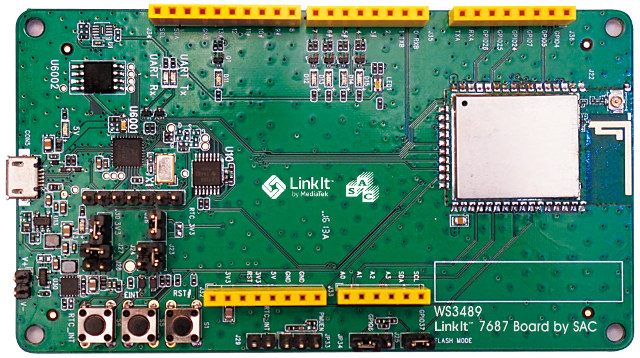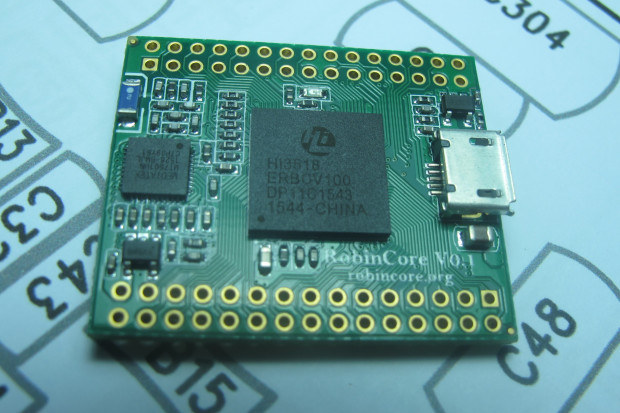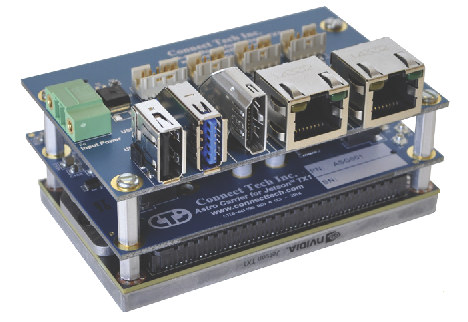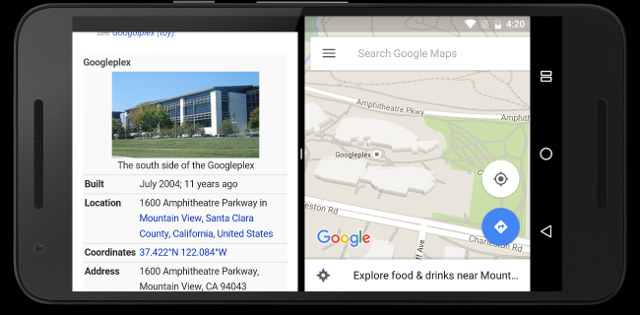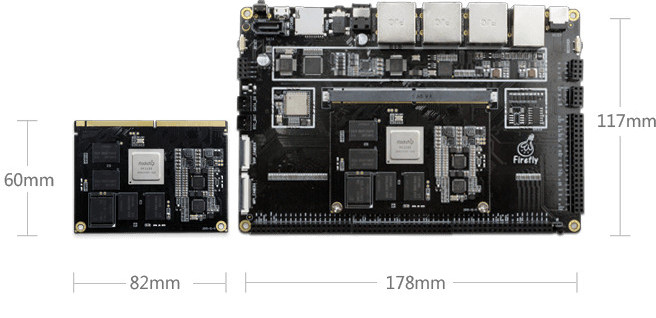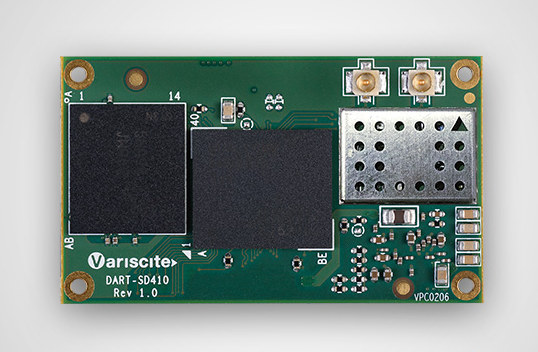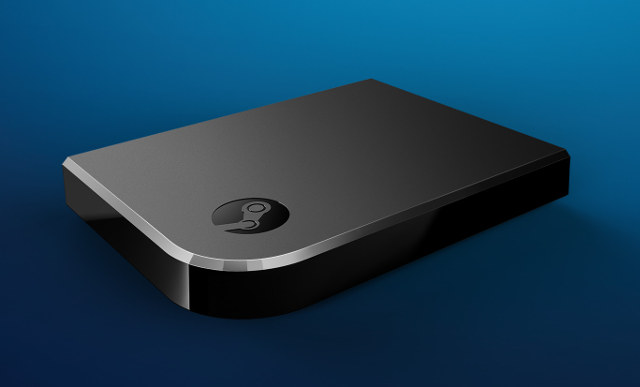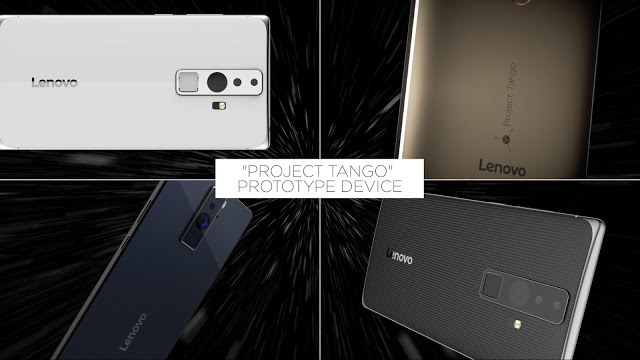MediaTek Labs has already launched several WiFi boards for IoT applications starting with LinkIt ONE, and later LinkIt Smart 7688 running OpenWrt, and the company is now about to launch LinkIt 7687 HDK (Hardware Development Kit) powered by Mediatek MT7687F Cortex-M4 SoC, running FreeRTOS, and developed & produced by Silicon Application Corp (SAC). LinkIt 7687 (WS3489) board specifications: SoC – MediaTek MT7687F ARM Cortex-M4F MCU @ 192MHz with 352 KB SRAM, 64KB ROM, and 2 MB serial flash in package, integrated security engine, and built-in 802.11n WiFi. 8×8 mm 68-pin QFN package Connectivity – 1×1 802.11 b/g/n WiFi with on-module PCB antenna and U.FL connector. USB – 1x micro USB for power, debugging (Coresight Debug Access Port + Virtual COM) Expansion Arduino Uno Rev. 3 headers + an extra 8-pin extension connector. Mass Storage Device (MSD) flash programming interface. Reserved headers for power consumption (current) measurement. Misc – LEDs for […]
$15 RobinCore WiFi IoT Module Runs OpenWrt, Supports 720p Video Encoding (Crowdfunding)
Do you remember VoCore? It was a low cost OpenWrt WiFi IoT module based on Mediatek RT5350 processor, that had a very successful crowdfunding campaign managed by a single developer, and the project is still going strong with VoCore2 being in the works. Another developer had the idea of doing something similar but based on HiSilicon Hi3518 ARM9 processor with more memory and support for 720p video encoding making it suitable for HD drone camera, compact video cameras, and so on. Meet RobinCore. RobinCore specifications: SoC – Hisilicon Hi3518E ARM926 processor @ 440MHz with H.264 encoder(720p@30fps) System Memory – 64MB DDR2 Storage – 16 MB NOR flash Connectivity – 802.11 b/g/n WiFi via Mediatek MT7601U with on-board chip antenna Debugging – micro USB port Expansion – 2x 30-pin 2.0mm pitch through holes with access to 10/100M Ethernet, UART, I2C, SPI, SDIO, ADC, PWM, JTAG and GPIOs Power Support – 5V […]
Astro Carrier & XBG201 Breakout Boards Are Designed for Nvidia Jetson TX1 Module
Nvidia unveiled Jetson TX1 system-on-module powered by their latest Tegra X1 processor, as well as a carrier board that fits into a mini-ITX case at the end of last year. However, if you need something more compact and lightweight, Connect Tech designed Astro Carrier baseboard for Jetson TX1 module with about the same size, as well as a breakout board with connectors that can be customized as needed. Astro Carrier (ASG001) board specifications: SoM Connector – Samtec “SEARAY” high density board to board connector for Jetson TX1 module Breakout board connectors – 3x 60-pin high density connectors with HDMI, SATA, 2x Gigabit Ethernet (10/100/1000), 1x USB 3.0, 2x USB 2.0, 2x RS-232/RS-485, 2x camera (CSI4), 4x GPIO…… Storage – micro SD slot On-board connectivity – GbE magnetics + Intel 82574 GbE PHY + magnetics Video I/Os 8x u.FL video inputs GMSL (Gigabit Multimedia Serial Link) signaling via 2x MAX9286 deserializer […]
Android N Developer Preview Released with Multi-Window Support, PiP, Background Apps Optimizations…
Google has just released an early developer preview of Android 7.0 N (Nutella?) before the OS officially launched later this summer with new features such s multi-window support, TV recording, Picture-in-picture, bundled notifications, and efficiency improvements. So let’s have a look at some of improvements: Multi-window – A new manifest attribute called android:resizableActivity is available for apps targeting N and beyond, allowing your activity to be launched in split-screen modes on phones and tablets. In addition, activities can also go into picture-in-picture mode on devices like TVs by setting android:supportsPictureInPicture to true. Direct reply notifications: Initially an Android Wear only features, the RemoteInput notification API has now been added for smartphones and tablets, and allows user to reply directly within the notification shade. Bundled notifications – The Notification.Builder.setGroup() method can be used to bundle notifications from the same app together. Efficiency Improvements – Doze has been further improved to save […]
Firefly-RK3288 Reload Board Features a SoM + Baseboard Design, Supports SATA, Three HDMI Ports, and More
Firefly-RK3288 was one the first boards powered by Rockchip RK3288 quad core Cortex A17 processor, and now Firefly team, part of T-Chip technology, has provided a new version called Firefly-RK3288 Reload with the same processor, but more features, and thanks to design comprised of a carrier board and system-on-module (SoM) – connected via an MXM connector – suitable to people or companies wanting to create their own board without handing the complexity of the processor, memory, and storage part. The table below shows Firefly-RK3288 and Firefly RK3288 Reload specifications side-by side. Parameter Firefly-RK3288 (Plus) Firefly-RK3288 Reload SoC Rockchip RK3288 ARM Cortex-A17 quad core processor up to 1.8GHz with ARM Mali-T760 MP4 GPU RAM 2GB Dual-Channel DDR3 (Plus version is 4GB) 2GB Dual-Channel DDR3 Storage 16GB eMMC (Plus version is 32GB) MicroSD (TF) Card Slot 16GB eMMC MicroSD (TF) Card Slot SATA 2.0 (Suggest 2.5 inch SSD or HDD) PMU ACT8846 […]
Variscite DART-SD410 Snapdragon 410 SoM Comes with WiFi 802.11 b/g/n, Bluetooth 4.1 & GPS
Qualcomm Snapdragon 410 is the 64-bit ARM processor used in DragonBoard 410c 96Boards platform, but it’s also found in several phones, some single board computers such as Inforce 6309, and we’ve also seen it in system-on-modules includes Graperain G8916 and Intrinsyc Open-Q 410. Variscite has developed their DART-SD410 system-on-module based on the processor with up to 2GB RAM, up to 16GB storage, and on-board 802.11b/g/n WiFi and Bluetooth 4.1. DART-SD410 module specifications: SoC – Qualcomm Snapdragon 410 quad core Cortex A53 processor @ 1.2GHz with Adreno 306 GPU @ 400 MHz System Memory – 1 to 2GB LPDDR3 @ 533 MHz Storage – 8 to 16 GB eMMC 4.5 flash Connectivity – WiFi 802.11 b/g/n + Bluetooth 4.1 LE (WCN3620), GPS (WGR7640), and two u.FL antenna connectors Audio – PM8916 PMIC/Audio codec I/Os available via 2x 90-pin board-to-board connectors: Display 4-lane DSI up to 720p60/1080p30, 24-bit On-carrier DSI to HDMI […]
SDK Released for Steam Link Based on Marvell ARMADA 1500 Mini Processor
Steam Link is a small $50 device that streams PC Games played from Steam PC or Steam Machine to your TV up to 1080p resolution through your home network, and Valve has recently released an SDK to allow developers creating their own apps. But before getting into the SDK features, let’s check out the hardware. The company (Valve) did not provide many details, but some users torn it down, so the hardware specs are not a secret anymore. SoC – Marvell DE3005-A1 ARMv7 processor @ 1.0 GHz with OpenGL ES2.0 capable GPU System Memory – 512MB RAM (Micron MT41K256M16LY-107) Storage – 4GB NAND flash (Micron MT29F32G08CBAC) Video Output – HDMI up to 1080p60 Connectivity – 10/100M Ethernet, WiFi 802.11 b/g/n/ac and Bluetooth 4.0 LE via Marvell 88W8897 wireless chip USB – 3x USB 2.0 host ports Power Supply – 5V via power barrel Dimensions – N/A Marvell DE3005-A1 is also […]
Intel RealSense Devkit and Lenovo Smartphone to Feature Project Tango 3D Mapping Technology
Project Tango is a project launched in 2014 by Google ATAP that aims at creating 3D map of your environment using 3D motion tracking with depth sensing for tracking your movements in 3D, precise and quick measurements, augmented reality and more. The first Project Tango development kit was a tablet based on Nvidia TegraK1, but Google recently announced that Lenovo planned to launch the first consumer smartphone with the technology. Beside the announcement that there are going to make a phone, the company did not provide many other details so far, but it should feature a screen smaller than 6.5″ and cost less than $500. The main reason Google posted about this before CES 2016 was probably to reach out to developers who can submit the app idea to be features on the first Tango phone by February 16, 2015 with the following materials: Project schedule including milestones for development […]


